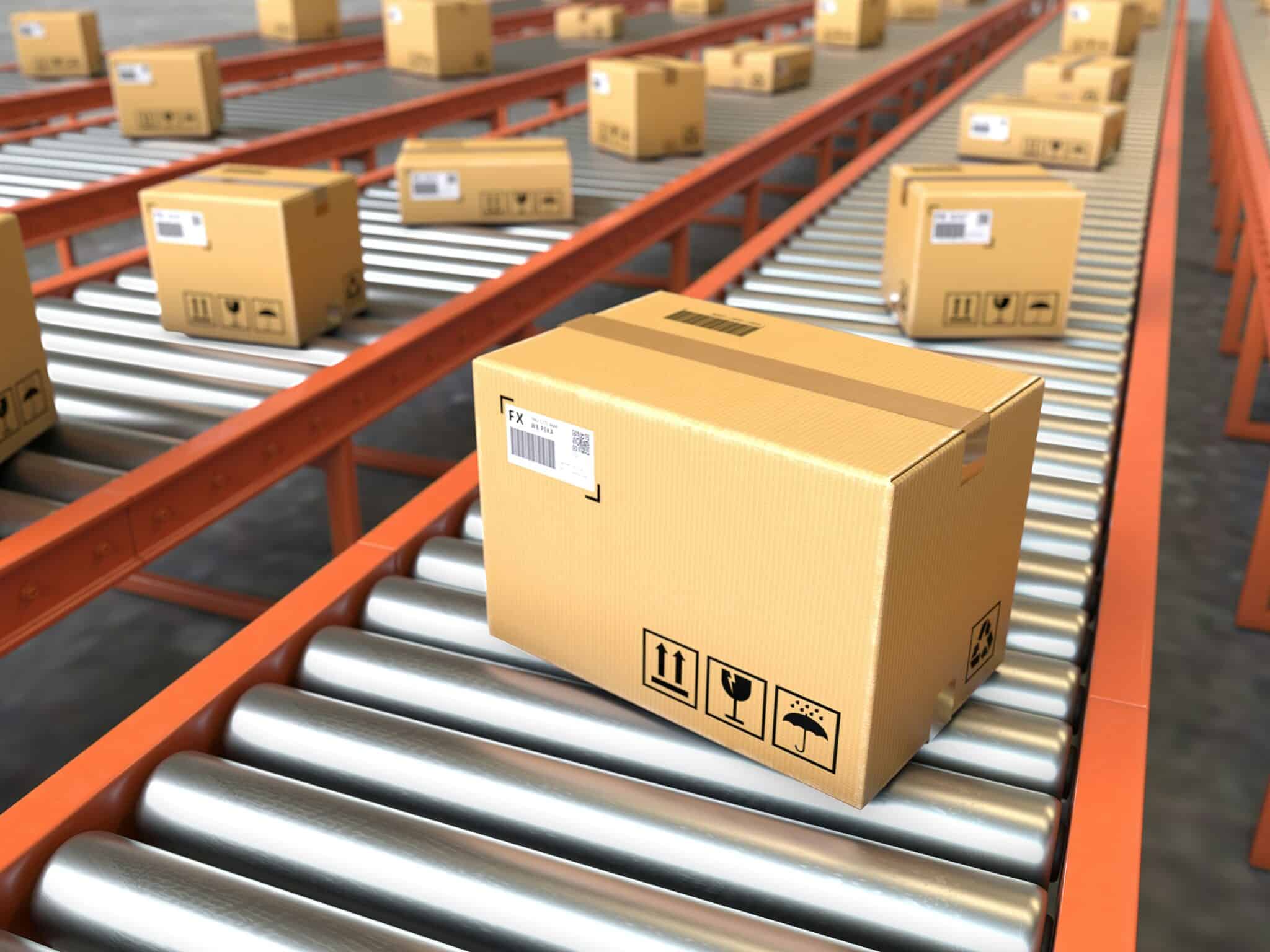You can be the ‘All Star MVP’ in achieving supply chain excellence. You just need the support of the right information, tools and players.
The barriers to excellence
Everybody is aiming for excellence – delivery of the right product, to the right customer, at the right time and, most importantly, at the lowest cost.
But many struggle to achieve this, in part because they are hamstrung by dealing with myriad decisions:
- How do we accurately predict future demand?
- What is the optimal stock level required to ensure on-time delivery but avoid wastage?
- How do we allocate demand to the optimal supplier or manufacturing source?
- What’s the best strategy for dealing with potential disruptions?
- Which products should we keep and which are ready to be phased out?
And as if these decisions weren’t tough enough, there are risks attached:
- Ensuring service levels by increasing stock can lead to obsolescence
- Reducing inventory to improve cash flow can lead to stock outs, meaning missed deliveries, reduced service levels and lost customers.
Work smarter, not harder
Supply chain success is a function of the information behind the decision making; the tools that turn huge volumes of data into the insights that drive decision making; and the team that is on hand to make the decisions – the players.
The most valuable player (MVP) will not be the one working ‘hardest’ – filling the most spreadsheets and clocking the longest hours. They will be the person tackling the process that delivers results. The MVP will be creating the space for the rest of the team to make valuable decisions.
Work faster, better and create more value
Creating this space involves equipping the rest of the team with the knowledge they need to drive better decision-making. It also involves automating the process to remove the low-value tasks that don’t require human intervention like populating and managing spreadsheets and low-level replenishment decisions. Efficient planning requires people plus information and if you can provide this circumstance then the team will have the time to understand and manage the exceptions – the unexpected and complex situations that naturally occur in a supply chain. Without the space to achieve this, supply chain excellence will remain out of reach.
The MVP enables the rest of the team to work faster, better and create more value, but they need the right tools to support them. An ERP system alone is not enough, it takes software like AGR Dynamics to deliver the difference.
To learn more about how the AGR software can help you reach MVP status, get in touch today.





